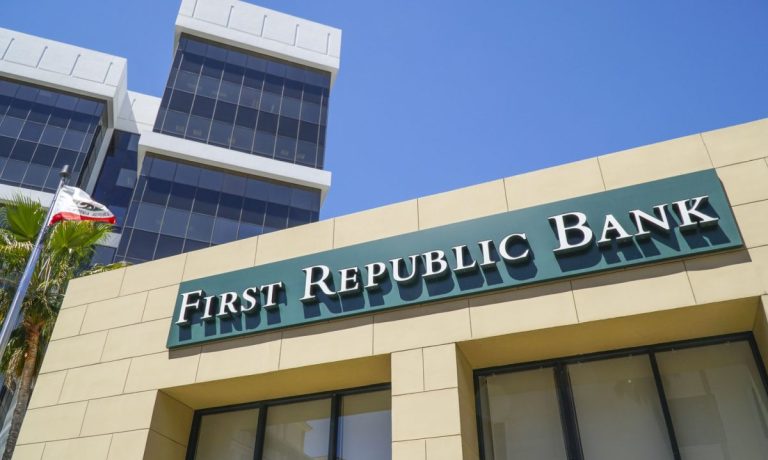
The Federal Home Loan Banks system aims to raise $64 billion to support regional institutions.
The system — which gives private regional banks a way to access short-term funding without having to turn to the Federal Reserve — is boosting the amount of cash it has readily available by selling bonds, Bloomberg reported Monday (March 13), citing unnamed sources.
The Federal Home Loan Banks did not immediately reply to PYMNTS’ request for comment.
The move comes in the wake of the failures of Silicon Valley Bank and Signature Bank. The failures of those banks have raised concerns about the possibility of a contagion affecting other regional banks and their need to seek additional cash, according to the report.
Due to investors’ concerns about their exposure in this space, stocks of regional banks fell both Friday and Monday, the report said.
Because of the size of the amount the agency seeks to raise, it is looking to appeal to a wider range of investors by forming a syndicate group, per the report.
First Republic Bank, whose stock was down about 64% Monday in the wake of the failures of Silicon Valley Bank and Signature Bank, cited its access to funding from the Federal Home Loan Banks — as well as from JPMorgan Chase and the Federal Reserve — in a Sunday press release announcing additional borrowing capacity to strengthen and diversify its liquidity.
“First Republic’s capital and liquidity positions are very strong, and its capital remains well above the regulatory threshold for well-capitalized banks,” First Republic Bank Executive Chairman Jim Herbert and CEO and President Mike Roffler said in the release. “As we have done since 1985, we operate with an emphasis on safety and stability at all times.”
In late January, it was reported that two cryptocurrency-sector banks — Silvergate Capital and Signature Bank — had borrowed billions from Federal Home Loan Banks to ease customer withdrawals.
Signature borrowed nearly $10 billion in the fourth quarter and Silvergate borrowed $3.6 billion as the two banks saw a rise in outflows of crypto-related deposits from customers and as the overall industry continued to deal with the fallout from the collapse of FTX and a broader downturn in the sector.